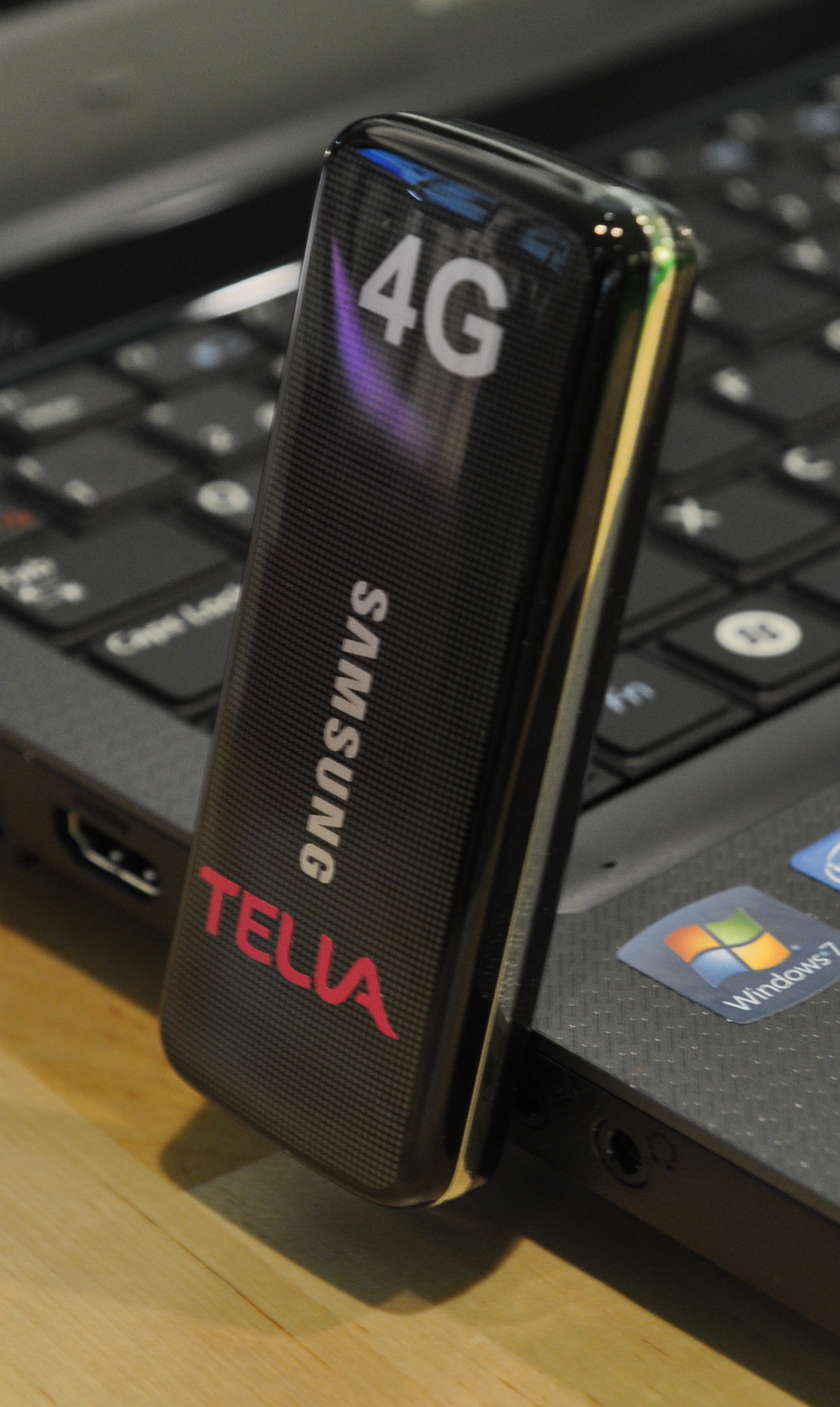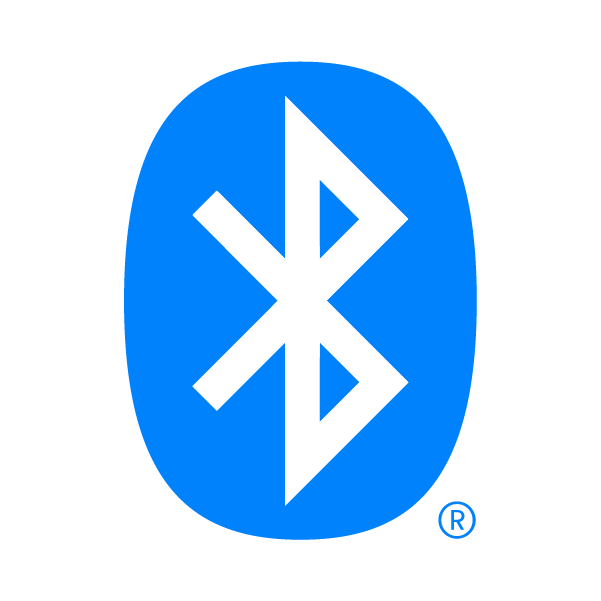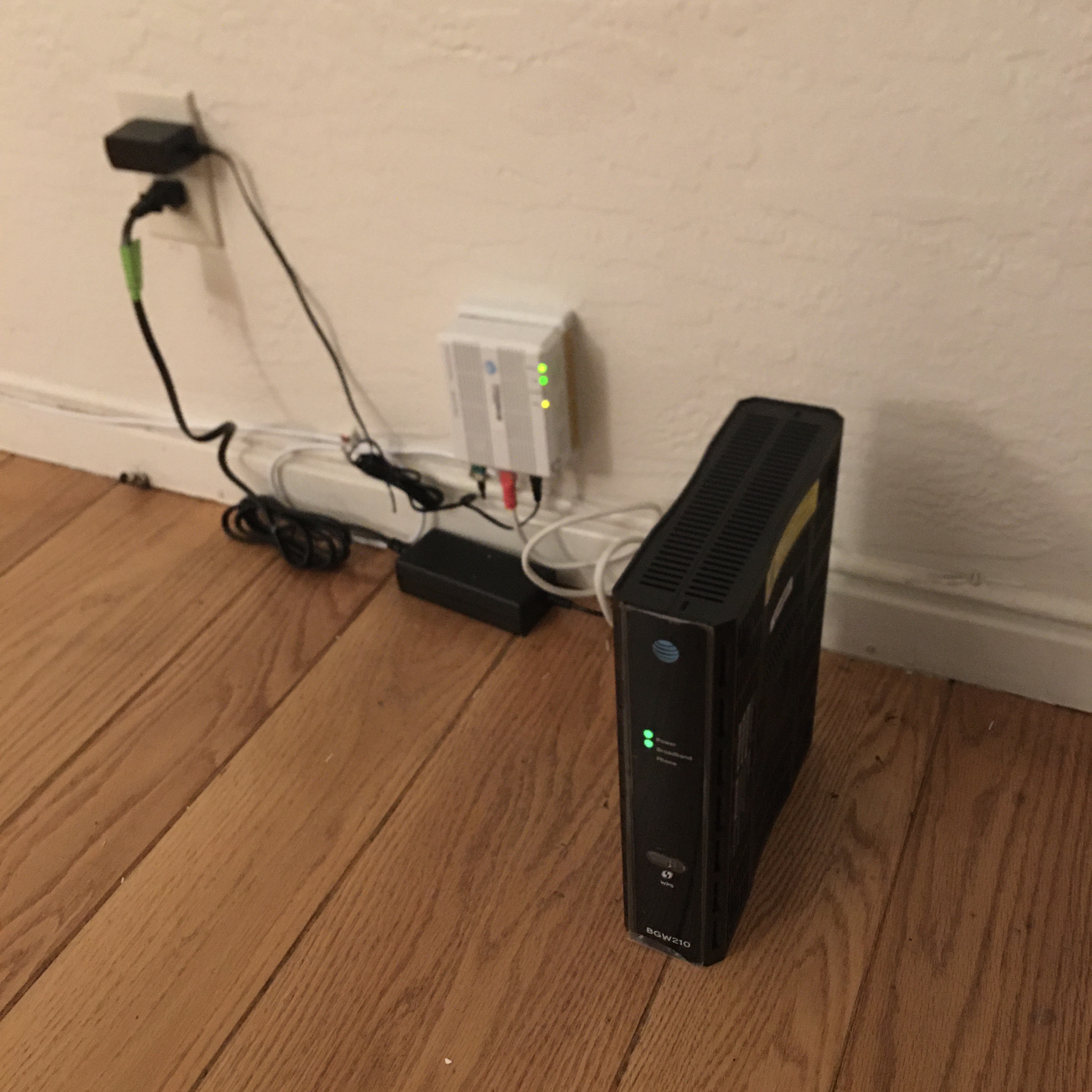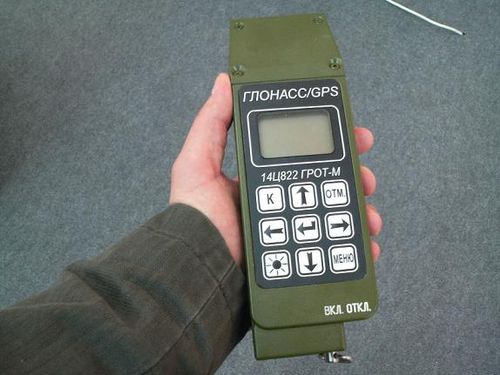|
Moto E (2nd Generation)
The second generation Moto E (marketed as the New Moto E) is an Android smartphone developed by Motorola Mobility. Released on February 25, 2015, it is a successor to the Moto E released in 2014. The New Moto E is a low-end device for first-time smartphone owners or budget-minded consumers, and is available in 40 countries worldwide. Hardware The second generation Moto E has a 4.5-inch 540p LCD screen, 1.2 GHz quad core processor, 1GB RAM, storage of 8GB (5.47 GB is user accessible) with microSD card slot (supports expandable storage of up to 32GB). It also has a water-resistant coating which protects it from light water splash; however, the phone itself is not water resistant. It is available in either 3G or 4G LTE. The 3G version has a Snapdragon 200 SoC while the 4G LTE version runs a Snapdragon 410 SoC. The rear camera is a 5 MP shooter, but does not have an LED flash; it also has a VGA front-facing camera. It has a 2390 mAh Li-ion battery which is not user repl ... [...More Info...] [...Related Items...] OR: [Wikipedia] [Google] [Baidu] |
Motorola Mobility
Motorola Mobility LLC, marketed as Motorola, is an American consumer electronics manufacturer primarily producing smartphones and other mobile devices running Android. It is a subsidiary of the Chinese multinational technology company Lenovo.;; Motorola Mobility was formed on January 4, 2011, after a split of Motorola into two separate companies, with Motorola Mobility assuming the company's consumer-oriented product lines (including its mobile phone business, as well as its cable modems and pay television set-top boxes), while Motorola Solutions assumed the company's enterprise-oriented product lines. In May 2012 Google acquired Motorola Mobility for US$12.5 billion; the main intent of the purchase was to gain Motorola's patent portfolio, in order to protect other Android vendors from litigation. Under Google, Motorola increased its focus on the entry-level smartphone market, and under the Google ATAP division, began development on Project Ara—a platform for modular s ... [...More Info...] [...Related Items...] OR: [Wikipedia] [Google] [Baidu] |
Corning Inc
Corning Incorporated is an American multinational technology company that specializes in specialty glass, ceramics, and related materials and technologies including advanced optics, primarily for industrial and scientific applications. The company was named Corning Glass Works until 1989. Corning divested its consumer product lines (including CorningWare and Visions Pyroceram-based cookware, Corelle Vitrelle tableware, and Pyrex glass bakeware) in 1998 by selling the Corning Consumer Products Company subsidiary (now known as Corelle Brands) to Borden. , Corning had five major business sectors: display technologies, environmental technologies, life sciences, optical communications, and specialty materials. Corning is involved in two joint ventures: Dow Corning and Pittsburgh Corning. Quest Diagnostics and Covance were spun off from Corning in 1996. Corning is one of the main suppliers to Apple Inc. Since working with Steve Jobs in 2007 to develop the iPhone; Corning ... [...More Info...] [...Related Items...] OR: [Wikipedia] [Google] [Baidu] |
LED Flash
A flash is a device used in photography that produces a brief burst of light (typically lasting 1/1000 to 1/200 of a second) at a color temperature of about 5500 K to help illuminate a scene. A major purpose of a flash is to illuminate a dark scene. Other uses are capturing quickly moving objects or changing the quality of light. ''Flash'' refers either to the flash of light itself or to the electronic flash unit discharging the light. Most current flash units are electronic, having evolved from single-use flashbulbs and flammable powders. Modern cameras often activate flash units automatically. Flash units are commonly built directly into a camera. Some cameras allow separate flash units to be mounted via a standardized accessory mount bracket (a ''hot shoe''). In professional studio equipment, flashes may be large, standalone units, or studio strobes, powered by special battery packs or connected to mains power. They are either synchronized with the camera using a flas ... [...More Info...] [...Related Items...] OR: [Wikipedia] [Google] [Baidu] |
The Verge
''The Verge'' is an American technology news website operated by Vox Media, publishing news, feature stories, guidebooks, product reviews, consumer electronics news, and podcasts. The website launched on November 1, 2011, and uses Vox Media's proprietary multimedia publishing platform Chorus. In 2014, Nilay Patel was named editor-in-chief and Dieter Bohn executive editor; Helen Havlak was named editorial director in 2017. ''The Verge'' won five Webby Awards for the year 2012 including awards for Best Writing (Editorial), Best Podcast for ''The Vergecast'', Best Visual Design, Best Consumer Electronics Site, and Best Mobile News App. History Origins Between March and April 2011, up to nine of ''Engadget''s writers, editors, and product developers, including editor-in-chief Joshua Topolsky, left AOL, the company behind that website, to start a new gadget site. The other departing editors included managing editor Nilay Patel and staffers Paul Miller, Ross Miller, Joanna ... [...More Info...] [...Related Items...] OR: [Wikipedia] [Google] [Baidu] |
System On A Chip
A system on a chip or system-on-chip (SoC ; pl. ''SoCs'' ) is an integrated circuit that integrates most or all components of a computer or other electronic system. These components almost always include a central processing unit (CPU), memory interfaces, on-chip input/output devices, input/output interfaces, and secondary storage interfaces, often alongside other components such as radio modems and a graphics processing unit (GPU) – all on a single substrate or microchip. It may contain digital, analog, mixed-signal, and often radio frequency signal processing functions (otherwise it is considered only an application processor). Higher-performance SoCs are often paired with dedicated and physically separate memory and secondary storage (such as LPDDR and eUFS or eMMC, respectively) chips, that may be layered on top of the SoC in what's known as a package on package (PoP) configuration, or be placed close to the SoC. Additionally, SoCs may use separate wireless ... [...More Info...] [...Related Items...] OR: [Wikipedia] [Google] [Baidu] |
Qualcomm Snapdragon
Snapdragon is a suite of system on a chip (SoC) semiconductor products for mobile devices designed and marketed by Qualcomm Technologies Inc. The Snapdragon's central processing unit (CPU) uses the ARM architecture. A single SoC may include multiple CPU cores, an Adreno graphics processing unit (GPU), a Snapdragon wireless modem, a Hexagon digital signal processor (DSP), a Qualcomm Spectra image signal processor (ISP) and other software and hardware to support a smartphone's global positioning system (GPS), camera, video, audio, gesture recognition and AI acceleration. As such, Qualcomm often refers to the Snapdragon as a "mobile platform" (e.g. Snapdragon 865 5G Mobile Platform). Snapdragon semiconductors are embedded in devices of various systems, including Android, Windows Phone and netbooks. They are also used in cars, wearable devices and other devices. In addition to the processors, the Snapdragon line includes modems, Wi-Fi chips and mobile charging products. Th ... [...More Info...] [...Related Items...] OR: [Wikipedia] [Google] [Baidu] |
4G LTE
In telecommunications, long-term evolution (LTE) is a Technical standard, standard for wireless broadband communication for mobile devices and data terminals, based on the GSM/Enhanced Data Rates for GSM Evolution, EDGE and UMTS/High Speed Packet Access, HSPA standards. It improves on those standards' capacity and speed by using a different radio interface and core network improvements. LTE is the upgrade path for carriers with both GSM/UMTS networks and CDMA2000 networks. Because LTE frequency bands, LTE frequencies and bands differ from country to country, only multi-band phones can use LTE in all countries where it is supported. The standard is developed by the 3GPP (3rd Generation Partnership Project) and is specified in its Release 8 document series, with minor enhancements described in Release 9. LTE is also called 3.95G and has been marketed as "4G LTE" and "Advanced 4G"; but it does not meet the technical criteria of a 4G wireless service, as specified in the 3GPP Relea ... [...More Info...] [...Related Items...] OR: [Wikipedia] [Google] [Baidu] |
Monaural
Monaural or monophonic sound reproduction (often shortened to mono) is sound intended to be heard as if it were emanating from one position. This contrasts with stereophonic sound or ''stereo'', which uses two separate audio channels to reproduce sound from two microphones on the right and left side, which is reproduced with two separate loudspeakers to give a sense of the direction of sound sources. In mono, only one loudspeaker is necessary, but, when played through multiple loudspeakers or headphones, identical signals are fed to each speaker, resulting in the perception of one-channel sound "imaging" in one sonic space between the speakers (provided that the speakers are set up in a proper symmetrical critical-listening placement). Monaural recordings, like stereo ones, typically use multiple microphones fed into multiple channels on a recording console, but each channel is " panned" to the center. In the final stage, the various center-panned signal paths are usually mixed ... [...More Info...] [...Related Items...] OR: [Wikipedia] [Google] [Baidu] |
Micro USB
The initial versions of the USB standard specified connectors that were easy to use and that would have acceptable life spans; revisions of the standard added smaller connectors useful for compact portable devices. Higher-speed development of the USB standard gave rise to another family of connectors to permit additional data paths. All versions of USB specify cable properties; version 3.x cables include additional data paths. The USB standard included power supply to peripheral devices; modern versions of the standard extend the power delivery limits for battery charging and devices requiring up to 100 watts. USB has been selected as the standard charging format for many mobile phones, reducing the proliferation of proprietary chargers. Connectors The three sizes of USB connectors are the default or ''standard'' format intended for desktop or portable equipment, the ''mini'' intended for mobile equipment, which was deprecated when it was replaced by the thinner ''micro'' s ... [...More Info...] [...Related Items...] OR: [Wikipedia] [Google] [Baidu] |
Bluetooth 4
Bluetooth is a short-range wireless technology standard that is used for exchanging data between fixed and mobile devices over short distances and building personal area networks (PANs). In the most widely used mode, transmission power is limited to 2.5 milliwatts, giving it a very short range of up to . It employs UHF radio waves in the ISM bands, from 2.402GHz to 2.48GHz. It is mainly used as an alternative to wire connections, to exchange files between nearby portable devices and connect cell phones and music players with wireless headphones. Bluetooth is managed by the Bluetooth Special Interest Group (SIG), which has more than 35,000 member companies in the areas of telecommunication, computing, networking, and consumer electronics. The IEEE standardized Bluetooth as IEEE 802.15.1, but no longer maintains the standard. The Bluetooth SIG oversees development of the specification, manages the qualification program, and protects the trademarks. A manufacturer must meet ... [...More Info...] [...Related Items...] OR: [Wikipedia] [Google] [Baidu] |
Wi-Fi
Wi-Fi () is a family of wireless network protocols, based on the IEEE 802.11 family of standards, which are commonly used for local area networking of devices and Internet access, allowing nearby digital devices to exchange data by radio waves. These are the most widely used computer networks in the world, used globally in home and small office networks to link desktop and laptop computers, tablet computers, smartphones, smart TVs, printers, and smart speakers together and to a wireless router to connect them to the Internet, and in wireless access points in public places like coffee shops, hotels, libraries and airports to provide visitors with Internet access for their mobile devices. ''Wi-Fi'' is a trademark of the non-profit Wi-Fi Alliance, which restricts the use of the term ''Wi-Fi Certified'' to products that successfully complete interoperability certification testing. the Wi-Fi Alliance consisted of more than 800 companies from around the world. over 3 ... [...More Info...] [...Related Items...] OR: [Wikipedia] [Google] [Baidu] |
GLONASS
GLONASS (russian: ГЛОНАСС, label=none, ; rus, links=no, Глобальная навигационная спутниковая система, r=Global'naya Navigatsionnaya Sputnikovaya Sistema, t=Global Navigation Satellite System) is a Russian satellite navigation system operating as part of a radionavigation-satellite service. It provides an alternative to Global Positioning System (GPS) and is the second navigational system in operation with global coverage and of comparable precision. Satellite navigation devices supporting both GPS and GLONASS have more satellites available, meaning positions can be fixed more quickly and accurately, especially in built-up areas where buildings may obscure the view to some satellites. GLONASS supplementation of GPS systems also improves positioning in high latitudes (north or south). Development of GLONASS began in the Soviet Union in 1976. Beginning on 12 October 1982, numerous rocket launches added satellites to the system, u ... [...More Info...] [...Related Items...] OR: [Wikipedia] [Google] [Baidu] |







